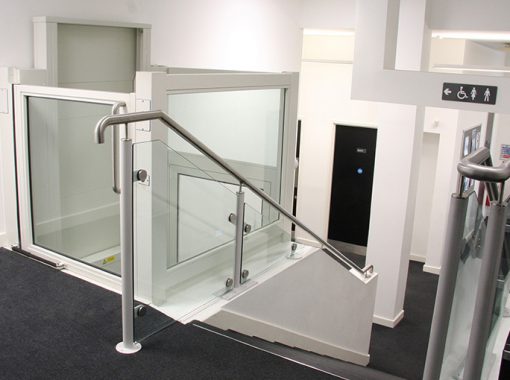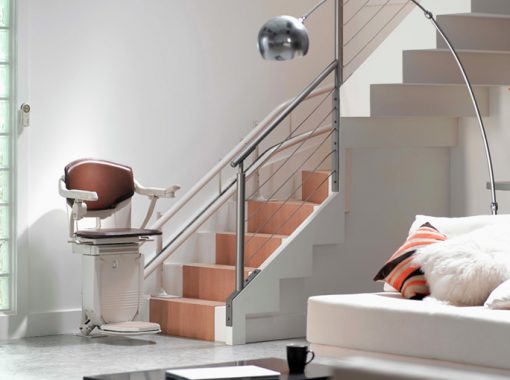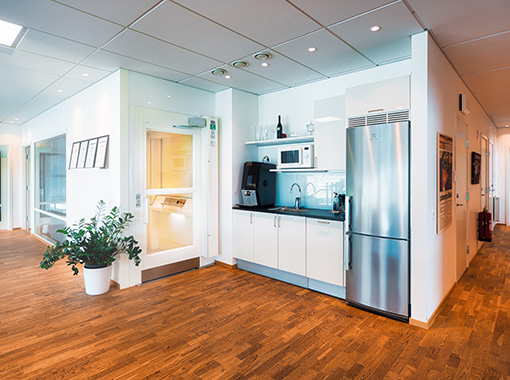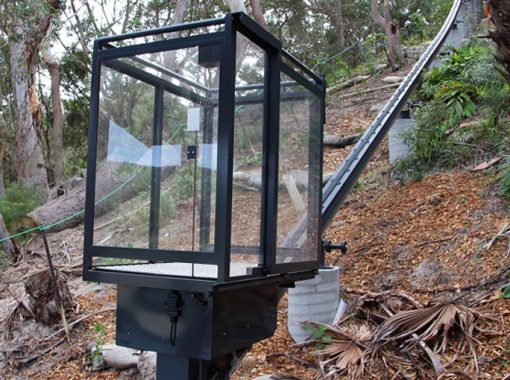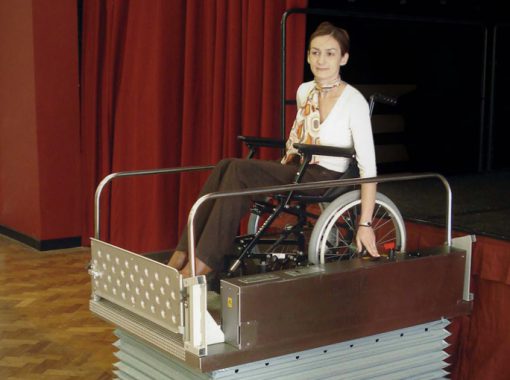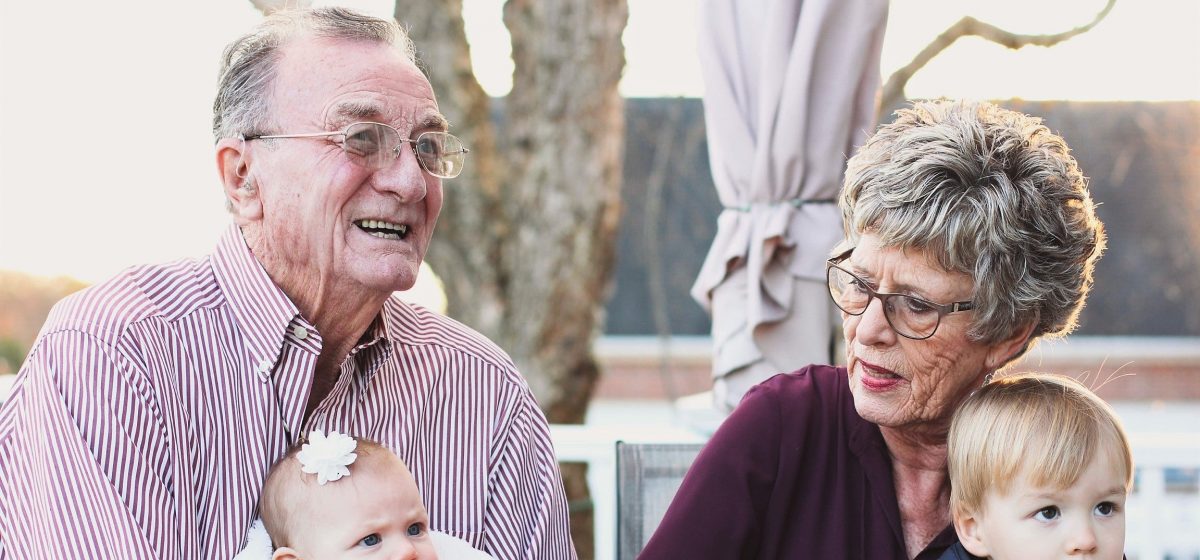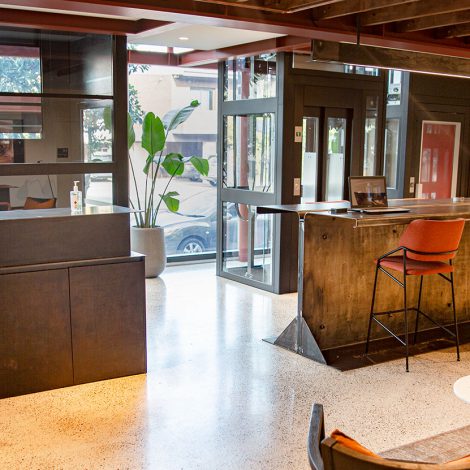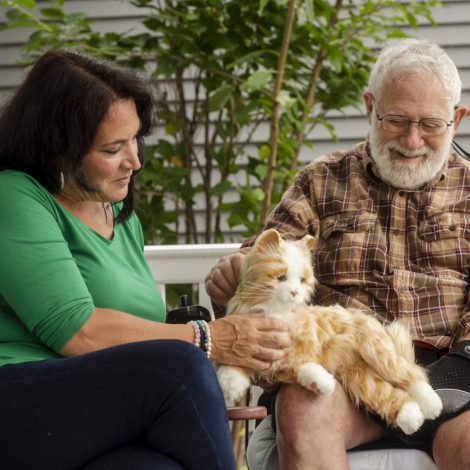More than ever, older Australians are choosing to stay put in their family home, rather than downsizing or moving into aged-care facilities. That’s exactly why all homeowners need to consider future-proofing their home so that they can enjoy it for many years to come.
Most houses are not designed to cater to the needs of ageing occupants or the potential challenges they may face as they get older. Future-proofing the home helps to ensure the house remains safe, accessible, liveable, and easy to navigate for the people who live there, at every stage of their life.
What Is Future Proofing?
To put it simply, future-proofing the home means to set up your house in such a way that allows you to live there safely and comfortably for as long as you want. As you age, there are often things that can become more difficult or even a hazard. To future-proof is to fit-out the house before these issues arise so that you not ever faced with them. When renovating or building, people generally build for the now, or just the foreseeable future. Future-proofing is all about integrating items into the fit-out of the home that may have a huge positive impact in the long-term future.
Why Future Proof?
Studies by the Australian Institute of Health & Welfare reveal one in four people over the age of 60 experiences a fall each year, while one in three people over the age of 65 experiences a fall each year^. A large percentage of these falls happen at home. Future proofing the home helps to protect seniors against preventable accidents and ensure a safe and comfortable environment into the future.
A study by the Productivity Commission in December 2015 found that 76% of older Australians preferred to “age in place” and see out retirement in their current home*. The National Ageing Research Institute found in 2012-13 that maintaining independence, mobility and choice were top priorities for older people+. As people age, however, mobility can become more difficult and the option to remain in their home can become impractical. This is particularly true for those living in double or multi-storey homes, where stairs can become both a struggle to climb and a danger zone for falls.
Often people will only come to companies like P. R. King & Sons for a stairlift after they’ve had a fall or accident on the stairs. So many falls around the home are preventable and being proactive earlier on means people are able to stay in their homes for longer and enjoy ongoing independence throughout their retirement years. It also means loved ones have greater peace of mind.
Why not incorporate a stylish lift into your home before an accident happens. You’ll not only be able to travel between floors easily if stairs ever become an issue but you’ll also convenience and luxury.
Stairs shouldn’t be a daily struggle, nor should they become the reason a person is forced to move out of a home they love. Stairlifts and vertical passenger lifts are practical solutions that can really make a difference to a person’s day-to-day life.
The addition of a stairlift or home lift will generally cost far less than relocating, and the benefits of independence and wellbeing far outweigh the initial outlay. Furthermore, depending on personal circumstances, some people may be eligible for government grants for home modifications. More information can be found at MyAged Care.
*ACPC: (2015) Housing Decisions of Older Australians. Retrieved from: https://www.pc.gov.au/research/completed/housing-decisions-older-australians. ^Retrieved from http://www.aihw.gov.au/WorkArea/DownloadAsset.aspx?id=60129543591 +NARI: (2012-13) What Older People Want?. Retrieved from: http://www.nari.net.au/files/aaa_consultation_report_14_jan_2014.pdf
Join Our Mailing List
Tick the box below to join our mailing list and be the first to receive news, product updates, and special offers.

